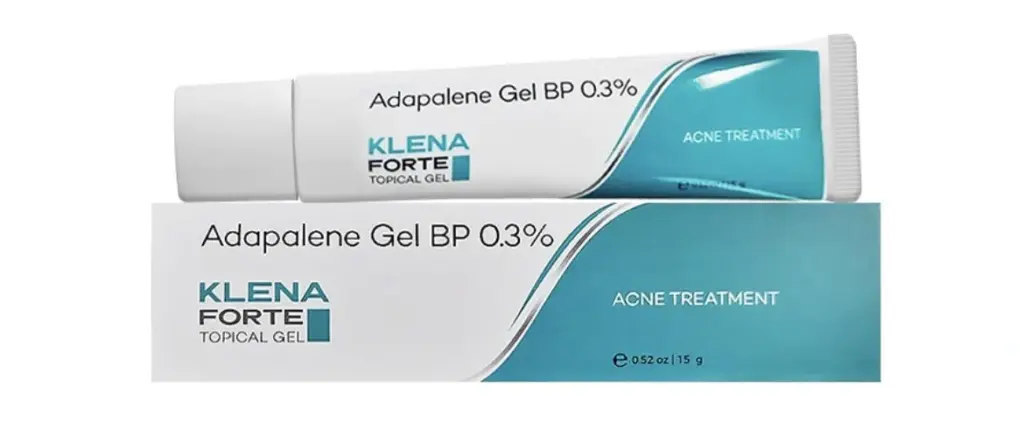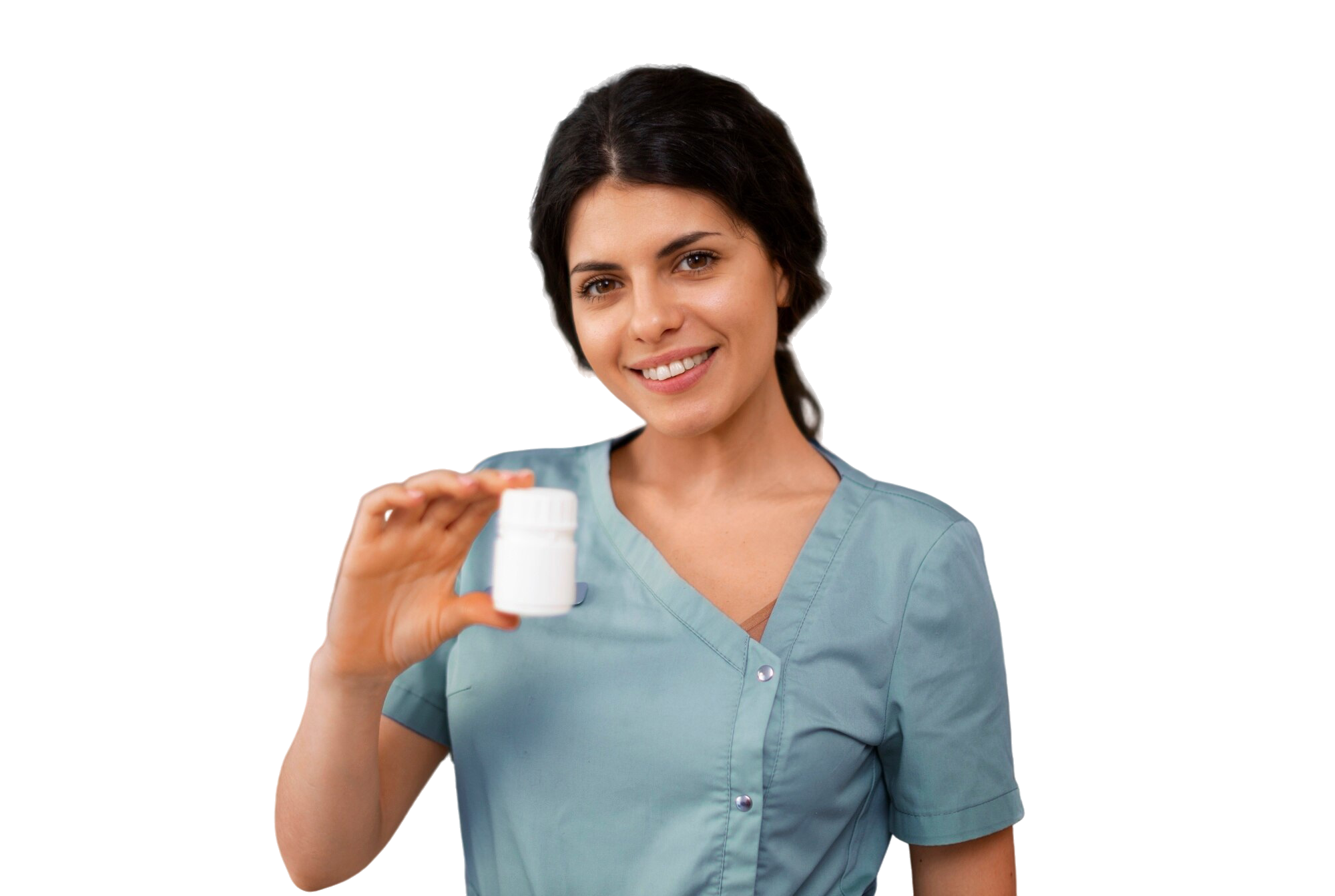In the quest for flawless skin, many individuals find themselves exploring various topical treatments. Among these options, Adapalene 0.3 Gel stands out as a potent retinoid known for its efficacy in combating acne. This article delves into the specifics of Adapalene 0.3 Gel, unraveling its components, benefits, mechanisms, and integration into your skincare regimen.
Adapalene 0.3 Gel is categorized as a topical retinoid, a class of compounds derived from vitamin A. Retinoids are revered for their ability to modulate skin cell turnover, a crucial process in maintaining clear skin. As a third-generation retinoid, Adapalene is engineered to optimize effectiveness while minimizing adverse effects, setting it apart from its predecessors.
The formulation of Adapalene 0.3 Gel is meticulously designed to deliver optimal results. Its active ingredient, Adapalene, is suspended in a gel base that ensures efficient absorption into the skin. This gel formulation not only enhances the delivery of Adapalene but also makes it easy to apply, with a texture that suits various skin types.
Adapalene exerts its effects by influencing the behavior of skin cells. It accelerates skin cell turnover, which is the process of shedding old skin cells and replacing them with new ones. By doing so, it prevents the clogging of pores, a common precursor to acne. Additionally, its anti-inflammatory properties help soothe existing acne, mitigating redness and swelling.
Adapalene 0.3 Gel is not just a treatment; it’s a comprehensive skincare solution that offers multiple benefits beyond acne reduction. Its multifaceted advantages make it a staple in the skincare routines of many.
The primary allure of Adapalene 0.3 Gel lies in its ability to tackle persistent acne. It is particularly effective against comedonal acne, which is characterized by blackheads and whiteheads. By preventing new lesions and diminishing existing ones, Adapalene paves the way for clearer skin over time.
Beyond acne management, Adapalene is instrumental in refining skin texture. Its role in promoting cell turnover helps smoothen rough patches and refine skin surfaces. This effect is beneficial for individuals looking to minimize fine lines, as the gel encourages the shedding of dead skin cells that can make the skin appear aged.
Adapalene’s impact extends to improving skin tone by reducing hyperpigmentation. Post-acne marks, often stubborn and lingering, can be lightened with regular use. The gel’s exfoliating properties help fade dark spots and promote a more uniform complexion, enhancing overall skin clarity.
Compared to other retinoids, Adapalene is engineered to be less irritating, making it accessible for those with sensitive skin. While initial use might cause some dryness or mild irritation, these effects typically subside as the skin acclimates. This makes Adapalene a viable option for a broader range of skin types.
Adapalene’s benefits extend beyond immediate acne treatment. By supporting the skin’s natural exfoliation and stimulating collagen production, it plays a role in maintaining youthful skin. This long-term impact makes it a valuable addition to anti-aging skincare regimens, potentially delaying signs of premature aging.
Incorporating Adapalene 0.3 Gel into your skincare routine requires a strategic approach to ensure optimal results and minimize potential side effects.
Introducing Adapalene to your routine should be a gradual process. Start with applications every other night to allow your skin to adjust. This slow introduction minimizes the risk of irritation and helps your skin build tolerance over time. As your skin becomes accustomed, you can increase the frequency of application.
Proper application enhances the effectiveness of Adapalene 0.3 Gel. Begin by cleansing your face with a gentle, non-irritating cleanser. After patting your skin dry, apply a pea-sized amount of the gel evenly across your face, taking care to avoid sensitive areas like the eyes and lips. Allow the gel to absorb before proceeding with moisturizer, which aids in combating dryness.
Retinoids, including Adapalene, can increase your skin’s sensitivity to UV rays. To safeguard your skin, it’s crucial to incorporate sunscreen into your daily routine. A broad-spectrum sunscreen with an SPF of at least 30 should be applied every morning, even on cloudy days, to protect your skin from potential sun damage.
Achieving the desired results with Adapalene requires consistency and patience. While initial improvements may be visible after a few weeks, significant changes typically occur over several months. Persistence in application is key, as the benefits of retinoids become more pronounced with regular use.
While generally well-tolerated, Adapalene 0.3 Gel may cause side effects, especially during the initial stages of use. Being informed about these effects can help you manage them effectively.
Common initial reactions include dryness and peeling. These occur as your skin adjusts to the accelerated turnover process initiated by Adapalene. Mild redness or irritation may also be experienced, particularly if the application is too frequent or if a large amount is used.
To mitigate side effects, adhere to the gradual introduction approach and ensure your skin is adequately moisturized. Opt for a gentle, hydrating moisturizer to alleviate dryness. If irritation persists, consider reducing the frequency of application or consulting a dermatologist for personalized advice.
Persistent or worsening side effects warrant a consultation with a dermatologist. They can assess your skin’s reaction and adjust your treatment plan accordingly. Additionally, if you have underlying skin conditions or are using other active skincare products, professional guidance is crucial to avoid adverse interactions.
Adapalene 0.3 Gel is a versatile treatment with benefits that extend beyond acne relief. Understanding who can derive the most from this gel helps tailor its use effectively.
Individuals with persistent acne, particularly those unresponsive to other treatments, are prime candidates for Adapalene 0.3 Gel. Its potent formulation makes it suitable for tackling stubborn acne, offering hope to those who have struggled with other solutions.
Beyond acne, those seeking to improve skin texture, tone, and reduce signs of aging can benefit from Adapalene. Its multifaceted approach to skin health makes it a valuable addition to various skincare goals, from refining pores to diminishing hyperpigmentation.
Before embarking on a new skincare regimen, especially one involving potent actives like Adapalene, consulting a dermatologist is advisable. This ensures that the treatment aligns with your specific skin type and concerns, maximizing benefits while minimizing risks.
Adapalene 0.3 Gel is a powerhouse in the realm of topical skincare treatments, offering a multitude of benefits for those seeking clearer, healthier skin. Its efficacy in treating acne, coupled with its ability to improve skin texture and promote long-term skin health, makes it a go-to solution for many. By incorporating it thoughtfully into your routine, starting slowly, and seeking professional advice when needed, you can harness the full potential of Adapalene 0.3 Gel to achieve the skin clarity and health you desire.


